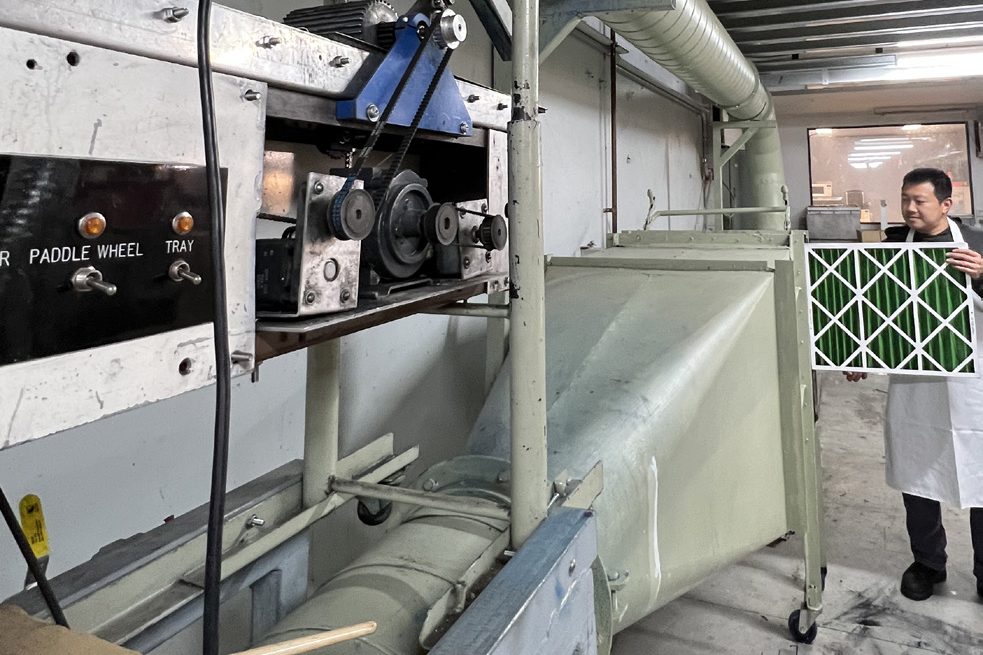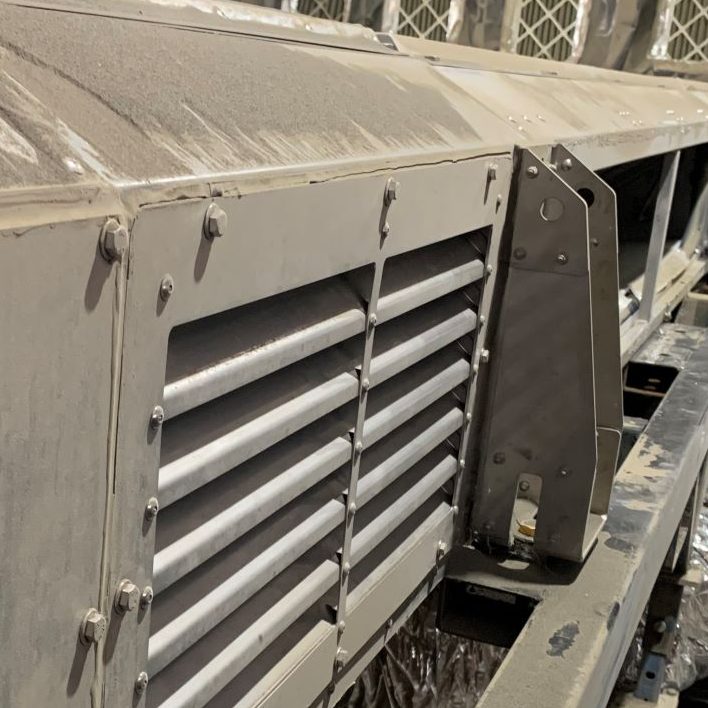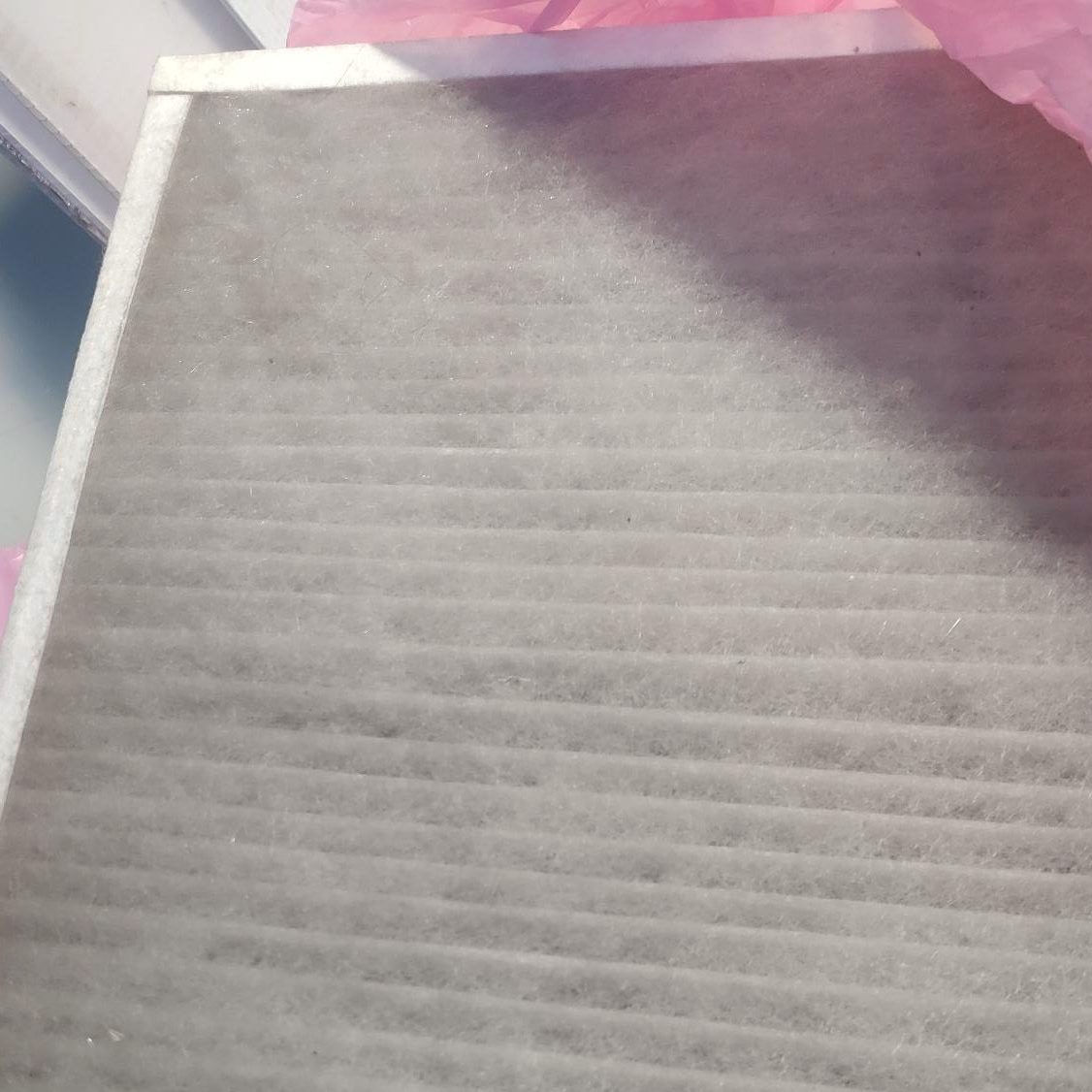
Download
AES Environmental: Filter Testing Capabilities to AS 1324 and other methods below
In the late 1960’s AES Environmental established its first filtration N.A.T.A test facility as Vokes Australia, in Rockdale, NSW.
Then in 1973 AES Environmental became a founding member of the first Australian Standard AS1132.1: Methods of test for determining properties of air filters. This standard is today referred to as AS1324.1.
Following the acquisition of Email Air Handling in 1997, the original test centre was upgraded, and provided for research to one of Australia leading Universities. AES meanwhile moved their Clyde-Apac rig from SA to NSW in 2005.
A decision was made to follow suit with most other global filter manufacturers in moving towards in-house validation rather than continue with third-party NATA accreditation. Covid has however placed renewed awareness on air filtration and filter testing efficiency, with a focus on independent N.A.T.A. accredited certification. AES Environmental have successfully incorporated into its AS1324 test rig facility an ability to test products to meet other standards for industrial enclosure applications and other requirements.
One such test was a request from a global consortium to conduct filter and pressure containment testing in extreme and normal operational circumstances. An actual assimilation of the workspace environment which the new product would encounter had to be created. This workspace had to replicate the operational environment. Following completion of testing, the product had to be “fit for purpose” and demonstrate use over many years. A filter breakthrough contamination factor was established when dust commenced shedding particles from the filter.
The multi-billion dollar contract included a high percentage of Australian manufacturing content. To proceed the product and its filtration devices needed to meet a high Mil-STD specification. The test plan took over six months to prepare including actual testing and report detailing. This included compiling the test data from various dust sampling and temperature ports, which took a further four weeks to compile.
This test had only been completed in two overseas countries and due to international travel restrictions. The global consortium contacted AES Environmental at our South Western Sydney filter manufacturing facility, to review our capability in AS1324 air filter test methodology and if this could be applied to manage and complete the project within Australia.
To meet the stricter Australian workplace guidelines AES Environmental recommended changes to some of the test materials and installation set ups. These changes improved the products “test to real-life assimilation” as well as provide a safe work place environment. The test included laboratory screened dust samples sourced within Australia. Clarity on particle size range and critical gravimetric contamination could be controlled better between PM1, to PM10 and included heavier dust contamination up to 130 micron. This is essentially assimilated bush fire, wind and dust storm conditions. The material was dispensed into the test chamber at controlled intervals during the testing period. In between inspections, cataloguing and weighing would commence. Some testing was conducted at extreme temperatures, applying variable air volumes to better reflect real life human occupancy load situations. Almost all energy efficient air conditioning system managed through a BMS system apply a similar approach to variable air conditioned environments.





Analysis of dust test results
Following test completion, analysis was conducted on equipment wear and filter performance durability, and efficiency capability.
The Filter ( image 4) was carefully removed and weighed following the test. A replacement set of filters were installed for each test criteria. The filter arrangement consisted of two efficiency stages F5 and F8 performance.
Assessment of the coil condition (Image 5) following the sequence of test cycles, revealed slight dust residue which defined dirt breakthrough from the filter discharging into the clean air chamber. This defines a filters anticipated life cycle period and determines the filter replacement maintenance frequency. Obtaining this critical information will enable users to manage energy consumption, and short/long term wear and tear on the air conditioning associated plant and equipment. There was no component failure during any of the test cycles or on completion of all testing. Some test procedures ran for periods of eight hours in high/low dust loads in both temperature and volume fluctuations.
Inside the clean air compartment (Image 6) following removal of the dirty filters. There was no visible wear or dust build up from the larger range of coarse particles 80-130 micron. The faint speckles of what was considered suspended impurities could be viewed settling as light dust on the floor of one compartment.
Data recording stations were established to monitor various areas of the product for sampling dust and measuring for contamination breakthrough.
Laboratory testing for filters remains an effective proposition for research purposes, however Covid has increased the awareness on the air within occupied building space. Laboratory tested filters won’t meet the expectations due to uncertainty. Some filters will discharge more fibres than they will stop, and if the filter sealing integrity is flawed then the filter efficiency remains irrelevant because air will always find the least point of resistance. AES Environmental can be contacted to discuss your air filter testing requirements for air and water applications. AES Environmental is N.A.T.A accredited in a number of testing professions and offers national and international certification including laboratory equipment, HEPA filtration, clean room to both Australian Standards and ISO requirements.
Contact AES Environmental on 1300 550 116 or visit the AES website to discuss you air filter testing requirements for air and water applications!
